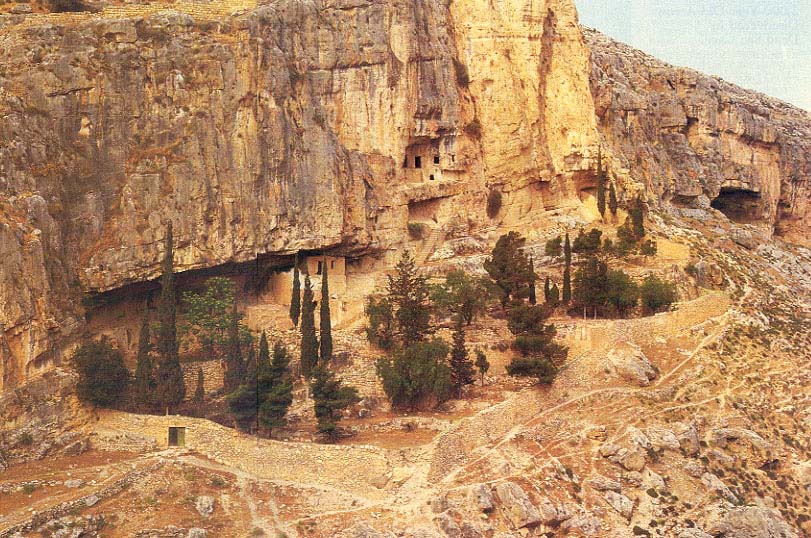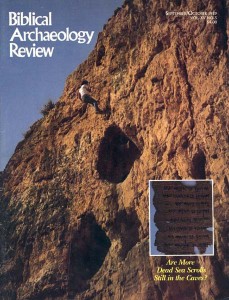Hideouts in the Judean Wilderness
Jewish revolutionaries and Christian ascetics sought shelter and protection in cliffside caves

More than three decades have passed since archaeologists and Bedouin prowled the caves of the Judean wilderness in search of ancient manuscripts and other remains. What occasioned this frenzied search was the stunning but accidental finding of the first Dead Sea Scrolls: In 1947 Bedouin shepherds came upon the scrolls in the caves of Wadi Qumran. A race of discovery ensued between Bedouin working haphazardly and archaeologists working methodically and with superior knowledge. The results of this race were as astounding as the initial discoveries. Both sides were successful, but as between the two, the Bedouin were clearly the winners. Then the search stopped.
We have learned a great deal in the 30 years since the search stopped, both methodologically and substantively. Advances in survey techniques, new tools, fresh knowledge—all suggest that the caves in the Judean wilderness should be re-explored systematically, to determine when they were occupied and their potential for further archaeological exploration.
With this in mind, in 1983 we began a systematic new look at these caves, keeping an eye out for whatever finds an earlier generation of archaeologists and Bedouin may have missed. I was appointed to direct the project.1
Already a library member? Log in here.
Institution user? Log in with your IP address.

